A RELAXED START TO THE DAY
Having travelled non-stop for six full days, with some extraordinarily early starts and often little sleep, we were pleased to have a relaxed beginning to our day's tour of Derbent's Old City.
We could not fault our lovely Alyye Perusa Hotel. It may have been a relatively small and somewhat humble premises but its location right on the Caspian Sea beach and its spacious grounds and relaxed atmosphere suited us perfectly.
Furthermore, to our delight, there were very few tourists. And with Dagestan's reputation for conflict and turmoil, I guess it was no surprise.
But safety-wise, it seems the tide may be turning. And in hindsight, it was the beginning of our realisation of the potential this region has for travellers who want to get off the beaten track and visit truly interesting and beautiful sites, whilst enjoying relative comfort (and safety). With so much travel worldwide, for travellers like us they are much sought after criteria - and hard asks for any destination.
Breakfast was in the one of the charming cabanas on the waterfront. And needless to say it was just minutes before we were joined by a very polite but determined feline who after nibbling a few breakfast morsels, obligingly posed to have his photo taken.
Over a pleasant breakfast, Abdullah explained that we would spend the morning visiting the Old City which would include the Juma Mosque, the Armenian Gregorian Church now a museum of Dagestani rugs and pottery, medieval banyas (baths) and a trip to the famous Kyrkhlyar Cemetery, an ancient resting place of a number of Islamic and Arab martyrs. In the afternoon, we would take a walk along the Derbent beaches and foreshore. It was sounding like a pretty relaxed day.
It also sounded a bit on the touristy side. But how could it? There were virtually no tourists in Derbent.... In fact there were very few people anywhere. Derbent's Old City was surprisingly quiet - and very serene.
VISIT TO THE OLDEST MOSQUE IN RUSSIA
Juma Mosque: "Enter Here in Peace and Tranquility!"
Our first stop was a visit to the Juma Mosque. Reportedly the oldest mosque in Russia, it was built by the Arab Empire in 734 AD. Today, the tranquil surrounds of the mosque house a number of ancient Platanus (Plane) trees*, four of whom are thought to be some 2,000 years old. It also contains a 15th century madrasa and housing for clergy.
According to the Derbent Ancient History Encyclopedia:
"The Arabs were impressed by Derbent's size and wealth, and they greatly appreciated the citadel and the mighty walls of Derbent. They called the city “Bab al-Abwab” or the “Gate of Gates"..... They also constructed the Juma Mosque, the oldest mosque in Russia... over the remains of an old Christian basilica. The city’s population swelled to about 50,000... Many Jews, Georgians, and Armenians came to settle in Derbent, giving the city a cosmopolitan flavor in the Middle Ages and Early Modern Era."
Throughout its history the old mosque had endured hard times. In the 14th century it was seriously damaged by an earthquake.
And then during the Soviet period it was closed in 1930 and used as a prison. In 1943 it was returned to the Muslim clergy, to eventually become the largest mosque in the Northern Caucasus.
It is still very much in use today. Interestingly, although it is a Shia mosque, followers of Sunni Islam are allowed to pray here as well.
As we wandered around the lovely quiet grounds, it was hard to imagine the mosque and its surrounds were once part of a vibrant jostling medieval city. Or god forbid, a terrible prison. And sometimes, I know this can happen. A place which has experienced great crowds, historical events, or even shocking atrocities can take on a strange serenity; something quite intangible and almost impossible to define. An invisible facade for a certain loss or sadness....
*According to legend the trees were planted by the famous Persian mystic and Sufi Saint Junayd of Baghdad. Their strong roots are also thought to protect the mosque from earthquake damage.
A Resentful Visitor....
Having travelled in mostly Muslim nations over the last fifteen years or so, it should come as no surprise that I am expected to dress conservatively and wear some sort of head covering in mosques or at other religious sites. And I am more than happy to do so, always carrying with me at least two huge scarves which can cover most of my body as well as my head. But as in our travels in Iran, to enter the mosque I was expected to be totally covered; not in a chador as Iran but in a very long heavy robe with a huge peaked hood. While of course, Abdullah and Alan could wander in dressed casually, bare headed and in short sleeved shirts.
"I look like a frigg'n abbot" I hissed angrily to Alan. "Oh no you don't" he replied airily "You look more like the Grim Reaper....". Abdullah and Alan found my predicament hilarious, falling about laughing and stopping to video me on the way into the mosque. The Very Grim Reaper as you will see in the video, was in no mood for jokes.... https://youtu.be/iH7gBWEID0o Stumbling over my oversized long garb, I reluctantly tottered into the mosque. But it did take the edge off my appreciation.....
As we left the mosque I noticed a large calendar board displaying a photo of President Putin and the Iranian Supreme Leader the Grand Ayatollah Ali Khamenei. The caption read "With Iran's Intervention, We Have Come a Long Way in Syria".... Quietly, I thought of how our country would view such an assertion. But it also provoked a certain discomfort. Just who is right or wrong in war torn Syria....?
MAIDEN BATHS - BANYA (RUSSIAN SAUNA)
Our next visit was to two nearby women's banya or baths. The first "The Maiden Bath" was once part of a 14th century building. Now it is part of a museum complex "The Museum of Culture & Life" located close to the Juma Mosque.
Such underground baths once played an important role in the city's female society. Built in heavily populated zones, near mosques and bazaars, they were used not only for bathing but for health, relaxation and social purposes.
This particular Maiden Bath was used for young women prior to their wedding. Before the event, the bride-to-be accompanied by her female relatives and friends, as well as musicians would come to the Maiden Bath where they would wash and be treated with special oils. The women would hold sheets around the bride to cover her body. It was vitally important to protect the bride's modesty as the only person allowed to see the young woman naked was her husband....
The second banya was very old and was used by older married women. To access it, we had to climb down an extremely steep stone staircase lined with the original stone walls. At the base was a heating room which heated both this banya and the Maiden's Banya next door.
A young woman at the entrance explained that the banya was closed in the 1980's. Asked why it was no longer used she replied simply "It is because the husbands prohibit it. They do not like their women to gather together in public places".
Suddenly overcome by a gut-wrenching sadness, I realised that while it was OK for me to observe this conservative form of Islam as a mere visitor, we were in fact talking about the entire lives for these women. And there is of course only one go at life. No more....
This was certainly a time when I really had to take a deep breath, reflect - and keep my thoughts quietly to myself....
THE ARMENIAN GREGORIAN CHURCH - MUSEUM OF CARPETS, ARTS & CRAFTS
Less than half a kilometer away was our next stop - the Museum of Carpets, Arts and Crafts.
You could be forgiven thinking that you were being taken to yet another church, but after restoration in 1982, this 19th century Armenian Gregorian temple was made into a living museum, featuring local carpets, crafts and artworks.
Externally, the old church was a rather sombre looking building housing a prominent belfry just above the entrance portico. Inside the church however was really rather lovely with hypostyle architecture and a huge domed ceiling featuring original brickwork and tiny vertical windows, giving the appearance of a giant ancient sky light.
Colourful hand woven rugs adorned the walls, floor and pulpit area. In true Islamic style they featured ornate geometrical designs in brilliant hues of reds, pinks and orange. It was a good thing they were not for sale. After all, Alan the Compulsive Carpet Buyer was on the loose!
Abdullah drew our attention to a museum piece which resembled for all purposes a giant bearskin coat. No, it was not a bear skin but an enormous woollen felt coat made for especially medieval military horsemen.
So dense was the coat, it not only protected the riders from the intense cold but could also withstand an arrow or even a knife penetration. The old coat was so heavy we could barely lift it. How the horsemen and their horses carried it was beyond us.
Some local craft works was also featured but it was not long before we had seen all of what was displayed and were on our way to our next destination, the Kyrkhlyar Cemetery.
Outside the museum, true to form we were greeted by yet another cat; one with the shortest set of ears I have ever seen. While this gregarious little black guy was insistent we give him rubs and hugs, Abdullah looked on in amazement. "You sure know how to attract cats!" he exclaimed. Our Abdullah was learning what a Cat Tragic really was....
Walking back to Abdullah's car we passed by Lenin Square, a World War II Memorial with a perpetual flame, and an attractive colonnade - a Greek styled feature we were to witness in a number of other cities in the Caucasus.
The city of Derbent was surprisingly spacious, sophisticated and well maintained.
KYRKHLYAR CEMETERY
An Encounter With Friendly Locals OR How Do You Find a Loo in a Cemetery?
I can't say I am ever enamored with cemeteries or mausoleums but on this day, our visit turned into something rather special. Oh yes, and a Near Personal Incident (NPI) for Alan....
The Kyrkhlyar (or Kirchlar) Cemetery (Kladbishche Kyrkhyar) is located in central Derbent not far from the Juma Mosque. Regarded as one the oldest burial sites in the Caucasus, the almost twenty square meter site forms part of Derbent's Northern Muslim Cemetery and is home to the remains of former Khan's families and Islamic martyrs who are housed in ancient stone graves.
Legend says that Kyrkhyar, meaning “forty” in the Turkic language is also the final resting place of forty Arab battle captains who died during the struggle to strengthen the influence of Islam in the North Caucasus.
Kyrkhlyar is regarded by Muslims of Dagestan as a highly sacred site "worshiped as the Shrine of Islam, asking for deliverance from troubles and misfortunes, healing from diseases and fulfilment of desires".
After a brief visit to the Mausoleum, home to the remains of the former Khan's wife, her son, his wife and a servant, we wandered around the grounds of the old cemetery. Ahead of us was a funeral party; the mourners looking quite distressed and preoccupied. On seeing us however they smiled, offering us numerous small foil packages of what appeared to be chocolate bars.
We thought it was perhaps impolite to take gifts from a family funeral party with which we had no association. But Abdullah said it was in fact the polite thing to do. It is apparently customary for funeral parties to hand out chocolates and sweets; even to unknown foreigners it seems.....
Having accepted our gifts, we thanked the friendly people profusely and bade our farewells; our pockets embarrassingly stuffed with dozens of chocolate bars.
We had no sooner left the funeral party when Alan, suddenly looking quite green hissed in my ear "I need to find a toilet! Now!". The obvious question was "How do you find a toilet in a cemetery?" Oh yes, one in Dagestan too....
To our dismay, there was no-one to ask either. In desperation, Abdullah shot off and thankfully found a grounds employee who took us to what appeared to be an amenities building at the rear of the cemetery. But it was locked.... The man raced up to the mausoleum to get a key, but he seemed to take forever.
It was very much "touch and go" so to speak, but thankfully for Alan it all ended well. Except that is, for the difficulty of negotiating a squat toilet....
By then, we had had enough of cemeteries and were about to leave when we ran into the funeral party again. Seemingly overjoyed to see us, they talked animatedly with Abdullah about where we were from and why we were in Dagestan, before plying us with another enormous load of chocolates.
Our chance meeting was really quite lovely. The people were genuinely interested, welcoming and friendly. And like so many occasions during overseas travel, it is the people who make a visit such as this a special memory.
Oh, and the chocolates kept us supplied for sweet snacks for the duration of our travels....
With guilty haste and armed with our thirty or so chocolate bars, we made our way to Abdullah's car.
LUNCH AT A GEORGIAN RESTAURANT
Abdullah it seemed had a happy knack of finding good eating places. For lunch he took us to a very nice Georgian restaurant where we enjoyed a selection of delicious vegetable salads.
Being a keen cook, I was interested to see their use of sumac amply sprinkled across the platters. Not only did it add a lemony touch to the taste the vivid mauve spice looked terrific. I must remember that for home cooking, I thought.
A WALK ALONG THE SEA SHORES
On a sunny afternoon, we walked from the restaurant down to Derbent's shoreline. It did seem strange that the huge "ocean" of the Caspian Sea is actually a land locked water mass; in fact the largest lake in the world holding about 40% of the earth's lake water. And you could well ask why it is called a sea and not a lake?
The answer apparently lies in the fact that when ancient Romans arrived, they found the water was brackish - about a third as salty as normal sea water. And so, they called it the Caspian Sea - after the Caspian tribe who lived by the shores. I expect the same question goes for the Aral Sea in Uzbekistan and Kazakhstan, which is in fact an endorheic lake (one without drainage into rivers or seas) but whose waters were originally fresh (an environmental disaster, sadly 60% of the sea has disappeared). But I'm getting off the topic here....
Walking along the well-maintained boulevards surrounding the foreshores was a very pleasant experience. Verdant tree-filled parks lined the broad paved footpaths. Abundant rose gardens were in full bloom. As we were to find, roses and indeed most Mediterranean type plants and trees seem to do extremely well in the North Caucasus' warm dry summers.
For the next hour or so, we wandered along the sandy beach. Living on the coast, it is nothing unusual for us to walk along the beach but Abdullah could not help but immediately throw his shoes off to feel the sand and water between his toes. In fact, he was quite surprised when we refused, saying we hated having sand in our socks when we had to put our shoes back on again!
The beach was interesting and of course quite different from those to which we are accustomed back home. Not surprisingly, there was no surf to speak of although there were a few tiny "waves" gently rolling onto the shores. And the sandy beach was in places strewn with seaweed or what we call "sea cabbage" - an Australian Black Fisher's dream to have fresh bait so readily on hand!
But what was completely different were the people, most of whom were women with very young children. And there were prams everywhere. Mostly clad in long black gowns with scarves covering their head and shoulders, the women supervising the children obviously could neither swim nor even enjoy the water on their bodies. In stark contrast, their small children wearing just ordinary bathers and briefs were totally ecstatic; laughing, splashing and swimming freely in the clear calm waters.
One sight I will not forget was a young girl thoroughly enjoying swimming with what were most likely her young brothers. No more than around ten years of age, she was still allowed to wear a swimming costume. Silently, I wished her all the joy she could possibly have. For in just years she would be subject to the strict clothing codes of mature Muslim women. Covered from her head to her ankles in fully encompassing clothing, never again would she be able to in public, feel the wind in her hair or the waves against her body. Or perhaps even the sand and water between her feet.
Ruefully recalling my own struggles with approaching adulthood, I thought "As if reaching puberty for a young woman is not enough torture...". Her brothers of course, would be free to dress and live as they wished.
Again, it was time to take a long deep breath. I walked in my own silence, keeping my thoughts totally in my head. But I knew Alan was thinking the same....
On our return walk we encountered yet another incongruous sight. A look alike London Bus providing tours for....? Well, certainly not too many tourists I would imagine. They appeared to all be locals, both Dagestanis and Russians. And they were all having a lot of fun.
DRIVE TO MAKHACHKALA
I am not sure what we really expected of Derbent. Possibly a crumbled chaotic settlement in some state of war devastation - certainly not a beautiful, sophisticated and historic city in a stunning coastal location. Dagestan was again proving to be a very difference experience from whatever we had envisaged.
Our day had been relaxed and interesting. But it was time to head off to the capital city of Makhachkala. And late in the afternoon we left Derbent. A lovely city.

 Makhachkala, Republic of Dagestan, Russian Federation
Makhachkala, Republic of Dagestan, Russian Federation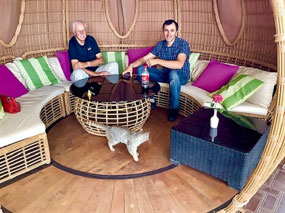
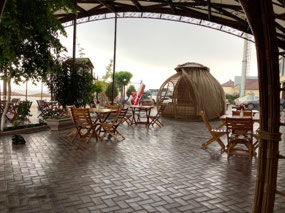
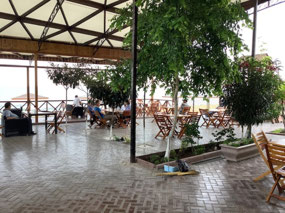
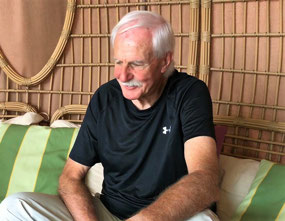
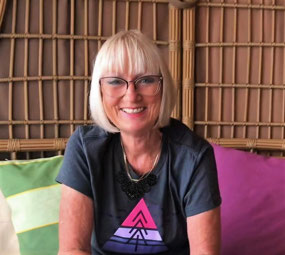

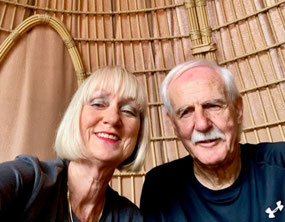
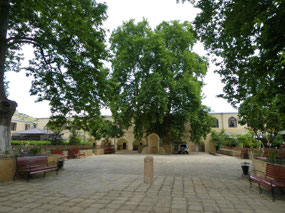
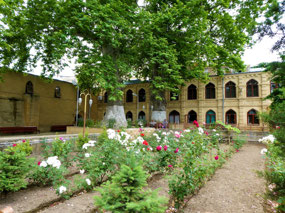
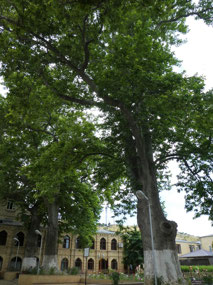
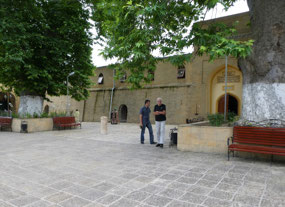
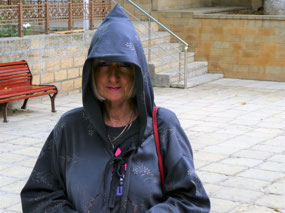
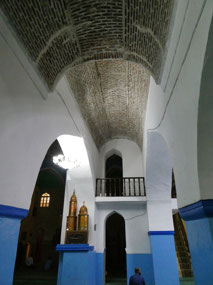
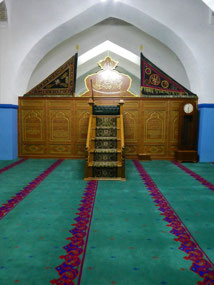
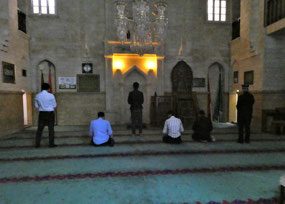
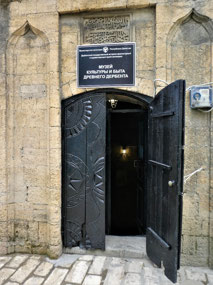
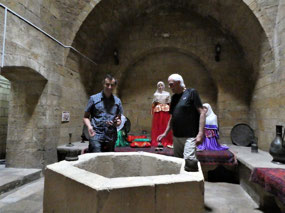
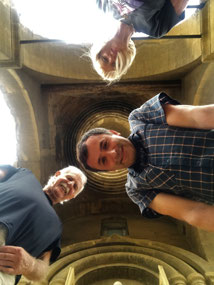
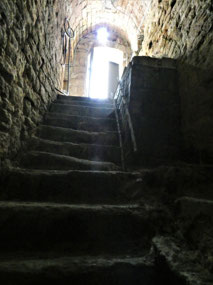
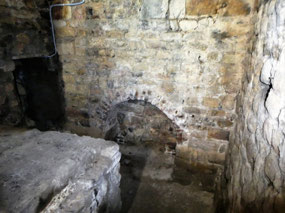
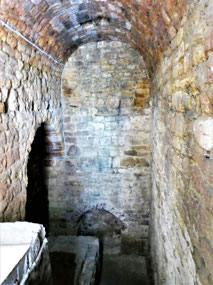
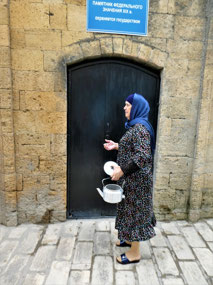
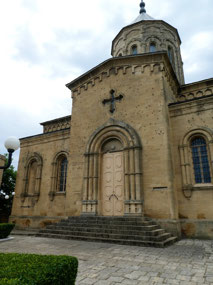
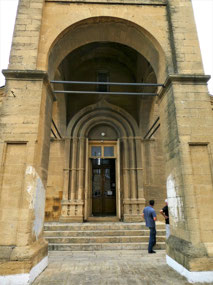
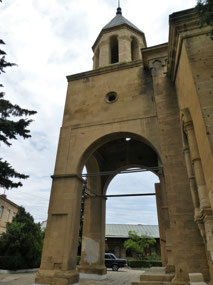
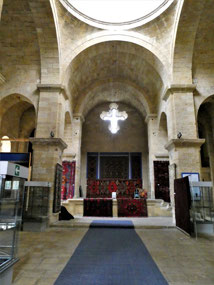


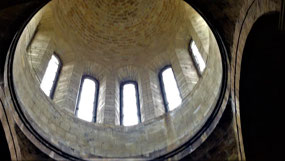
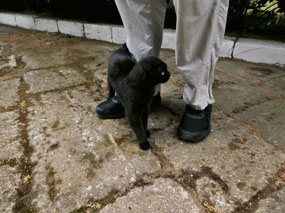
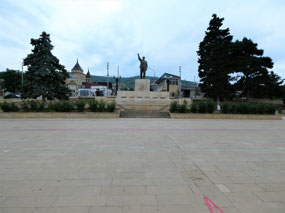
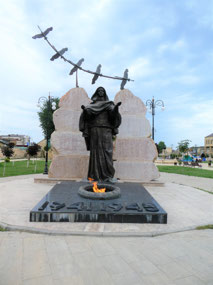
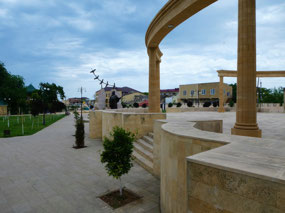
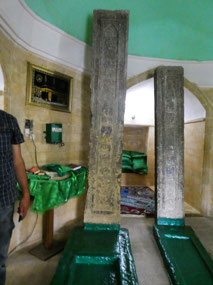
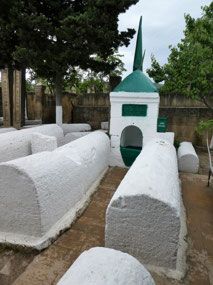
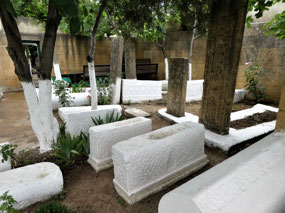
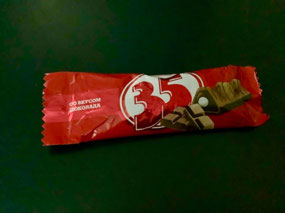
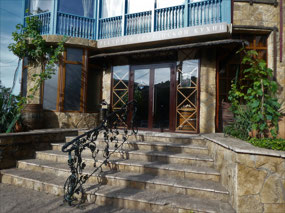
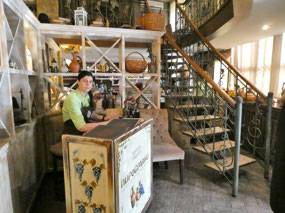

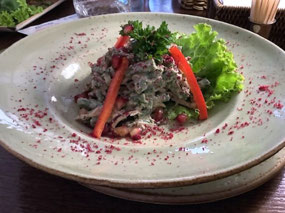
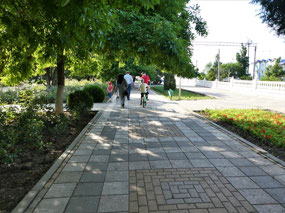
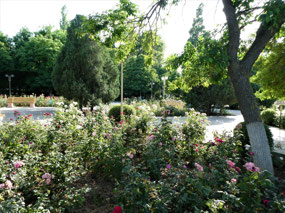
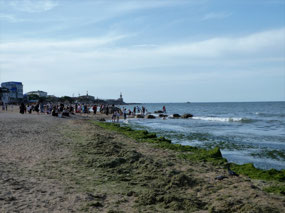
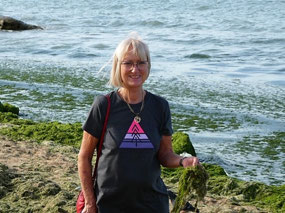
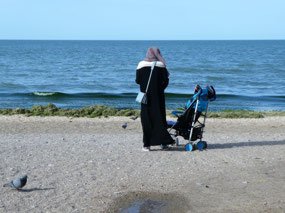
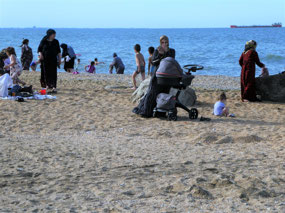
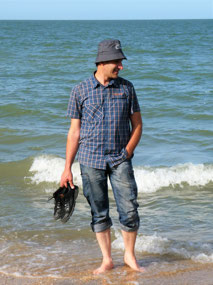
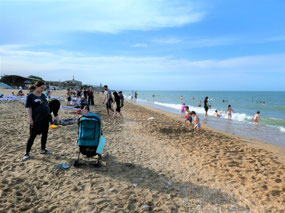
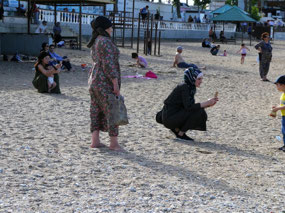
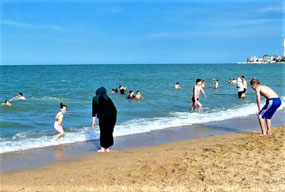
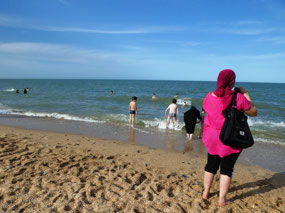

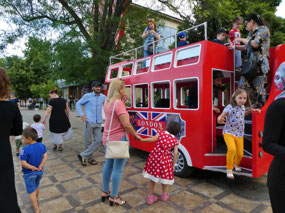



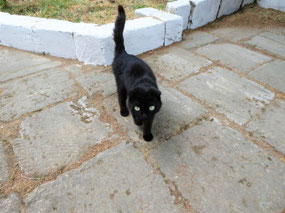
2025-05-22